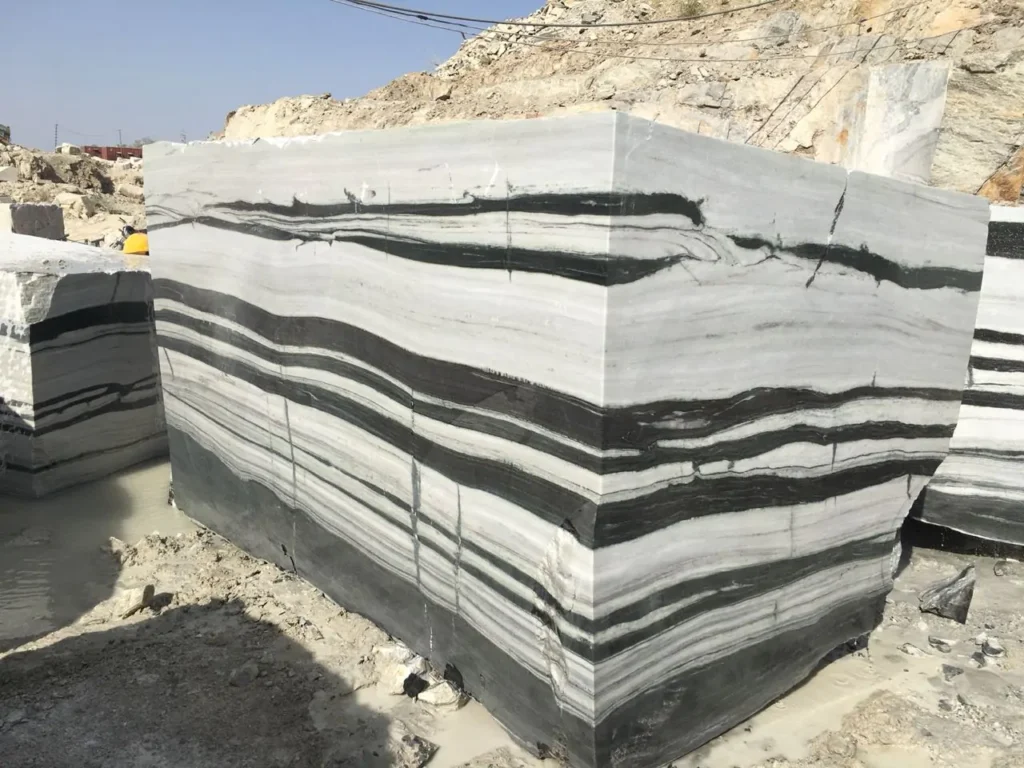
When it comes to choosing from the best stones for construction purposes, marble finds a place among the top ones. Do you know why? It is the magic of its beauty that gives it a competitive advantage over other natural stones. And it is not only its beauty that sets it apart from others but its functional properties are also at par. This might be the reason you may come across a number of monuments worldwide that are made of marble.
From the façade of buildings to washrooms, floors, wall claddings, monuments, statues, and others, marble is one such versatile material that is widely used across the world. In fact, it is extremely maintainable. Marble is discovered in nature, so this is its novel home. There are a number of various elements that make it the most sought-after material for a home. While various reasons cross over, the sustainability of marble is another reason that plays a role in enhancing its popularity. Let’s have a look at some of the foundations for this reasoning.
What is Marble? How it is formed?
Marble is a metamorphic rock that is formed as an outcome of the metamorphosis of a mixture of rocks under intense pressure and temperatures. These rocks are calcite, dolomite, limestone, and serpentine. The primary constituent of marble is calcium carbonate and includes an acidic oxide. It takes hundreds of years for the marble to create and is discovered among the primitive parts of the planet.
Properties
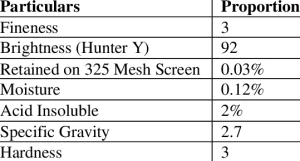 The noticeable crystals in marble lend it a typical granular texture and looks, but there are several other properties that can be used to classify the rock.
The noticeable crystals in marble lend it a typical granular texture and looks, but there are several other properties that can be used to classify the rock.
Marble is thought to be a solid, hard natural stone stone, even though it primarily contains calcite. It has a Mohs hardness of 3. It is to be kept in mind that marble can be scratched with a metal blade.
Marble is usually found to be of light color. The best quality marble is white. The marble that holds a lot of bituminous material may be of black color. Some of the common colors in marble are brown, black, white, green, pink, blue, and golden.
Applications
Because of the way marble takes shape, it tends to be discovered in huge deposits globally. It’s inexpensive to mine this prevalent, great rock on a large scale.
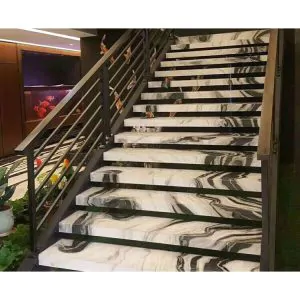 In most cases, marble is used in the construction sector. Crushed marble is used to create roads, building foundations, and railroad beds. Dimension stone is created by splitting marble into blocks or sheets. Dimension stone is used to prepare buildings, paving stones, sculptures, and monuments. The iconic Taj Mahal is made of white marble. Marble is vulnerable to acid and weathering, so it tends to face wear and tear down over time.
In most cases, marble is used in the construction sector. Crushed marble is used to create roads, building foundations, and railroad beds. Dimension stone is created by splitting marble into blocks or sheets. Dimension stone is used to prepare buildings, paving stones, sculptures, and monuments. The iconic Taj Mahal is made of white marble. Marble is vulnerable to acid and weathering, so it tends to face wear and tear down over time.
White marble is crushed to make “whiting,” a residue that is widely used as a brightener and dye. Powdered marble, besides limestone, may be utilized as a calcium component for livestock. Crushed marble is utilized in the chemical sector to counteract the acid, as a pill plaster, and to replenish acid damage in water and soil.
Marble is put at heat to wipe out carbon dioxide, parting calcium oxide or lime. Lime is used in agriculture to decrease the tartness of soil.
Scratches, Stain, and Etch Marks
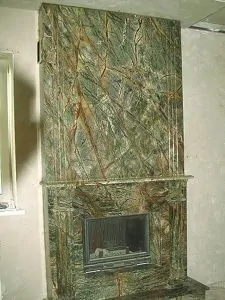 A majority of people ask questions when choosing marble for an application “isn’t it actually soft, and won’t it stain?”. The answer is yes, it tends to scratch, but if sealing is done appropriately, staining won’t be a concern. Saturating sealers must be utilized on every marble installation as they will help you keep the marble surface stain-free. In addition, as the sealers seep into the surface of the stone and fill up all the pores open on the surface, they will not alter the overall appearance of the marble. Be it polished or honed; the marble surface will look the precise same after it is sealed as it looked before sealing.
A majority of people ask questions when choosing marble for an application “isn’t it actually soft, and won’t it stain?”. The answer is yes, it tends to scratch, but if sealing is done appropriately, staining won’t be a concern. Saturating sealers must be utilized on every marble installation as they will help you keep the marble surface stain-free. In addition, as the sealers seep into the surface of the stone and fill up all the pores open on the surface, they will not alter the overall appearance of the marble. Be it polished or honed; the marble surface will look the precise same after it is sealed as it looked before sealing.
In case of scratches, the marble surface tends to surely scratch. Some marbles are found to be softer than others, but in general, they all are prone to scratch. However, marble’s appearance remains the same throughout the different layers of the marble stone, so scratches don’t get revealed unless wedged at just the perfect angle, or until you search for them.
Long-term durability
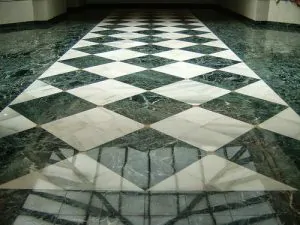 In regard to marble, it is necessary to keep in mind that it has been applied for centuries. It was in use even before granite came into play, still, in many regions, marble is preferred over granite. Some of the most stunning architectures of the world are made up of amazing white marble. For example, Taj Mahal, Lincoln Memorial, Washington Monument, prevalently in Greece and Rome, and many more. If all of these buildings can endure the wear and tear of thousands of years of extreme weathering, and the footfall of millions of tourists, using marble for a residential or commercial project is quite a logical decision! So, even though marble isn’t meant for everyone, experts think that it is the best choice for those who want a spectacular output that will never lose its style or cease to influence others.
In regard to marble, it is necessary to keep in mind that it has been applied for centuries. It was in use even before granite came into play, still, in many regions, marble is preferred over granite. Some of the most stunning architectures of the world are made up of amazing white marble. For example, Taj Mahal, Lincoln Memorial, Washington Monument, prevalently in Greece and Rome, and many more. If all of these buildings can endure the wear and tear of thousands of years of extreme weathering, and the footfall of millions of tourists, using marble for a residential or commercial project is quite a logical decision! So, even though marble isn’t meant for everyone, experts think that it is the best choice for those who want a spectacular output that will never lose its style or cease to influence others.
Why marble is a sustainable material?
Marbles is a natural product
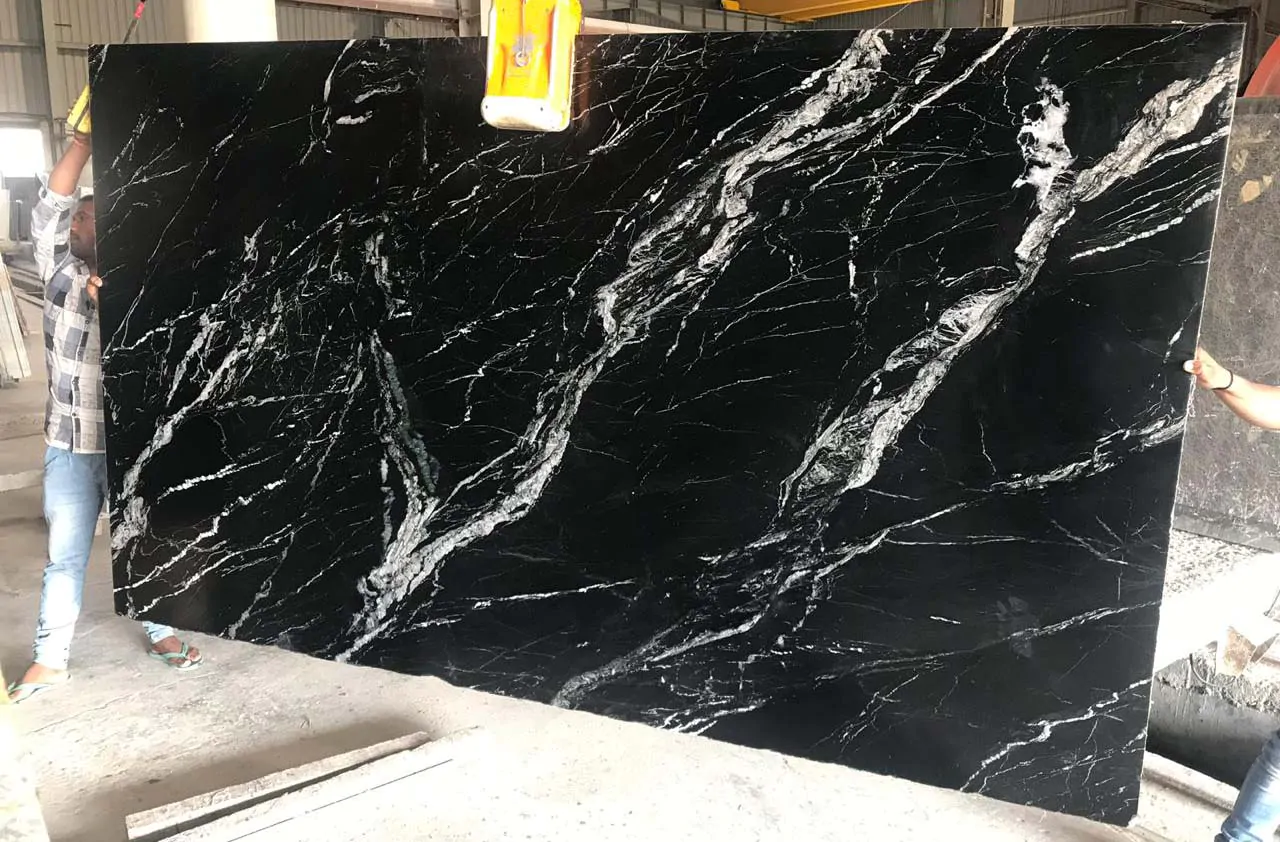 Marble is considered environmental-friendly as it is a natural stone. Being in the natural form, marble doesn’t need any authority to be produced and thus, doesn’t source any pollution and protects energy.
Marble is considered environmental-friendly as it is a natural stone. Being in the natural form, marble doesn’t need any authority to be produced and thus, doesn’t source any pollution and protects energy.
Marbles Don’t Need Manufacturing
Marble doesn’t require any kind of mechanical support while creation but requires manpower for harvesting purposes, thus removing the scene to deploy machines that discharge gases and harm the environment.
Marble is recyclable
The best thing about marble, as it is a natural stone it can be recycled at a later stage. There won’t be any need to arrange old stuff, these old marble pieces can be reused to prepare tiles and anything else that can be made out of these pieces.
This capability of marble to be able to be recycled makes it a lot eco-friendlier and more effective for application.
Marble is Durable
Durability is a crucial aspect while taking into account household products and marble can actually come in handy for you in this scenario. As marble is a natural stone, it possesses excellent durability, and during building construction, it is found to withstand rain, wind, fire, and even heat.
Marble is Affordable
The affordability of marble is superb for the atmosphere. Most people can afford to use it, thus averting other manufactured items that will influence the environment as they are under process. Marble is a natural stone and therefore doesn’t need mechanical support for withdrawal. This immensely helps people save on expenses while still safeguarding the environment.
